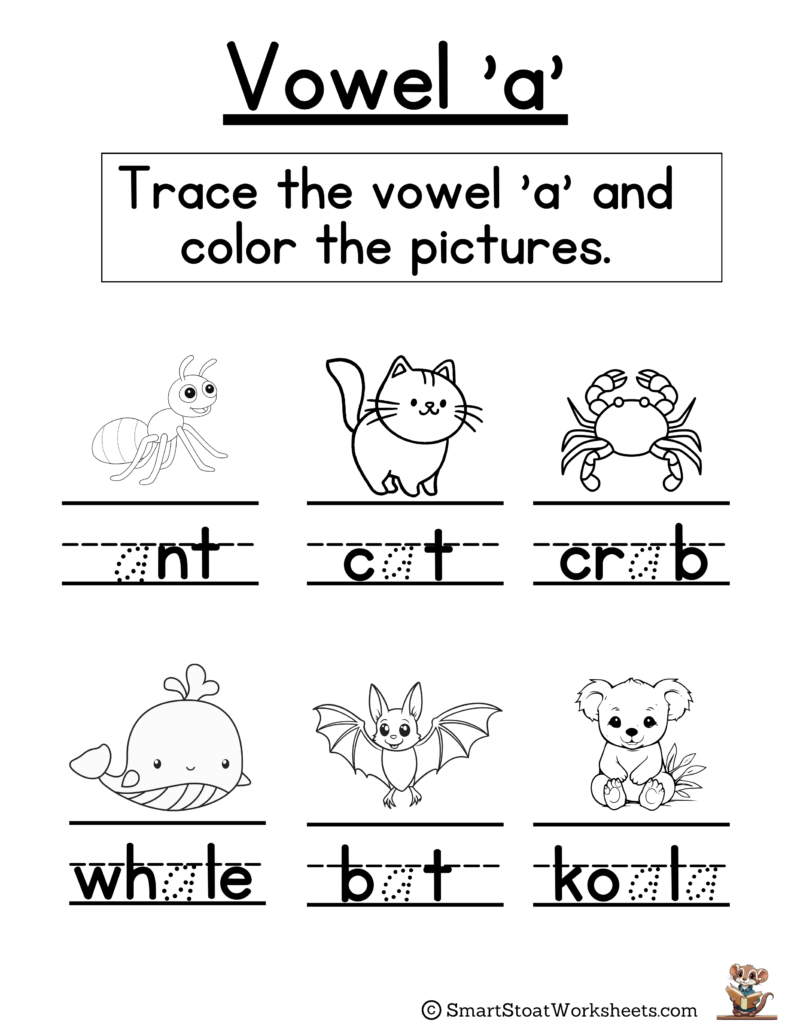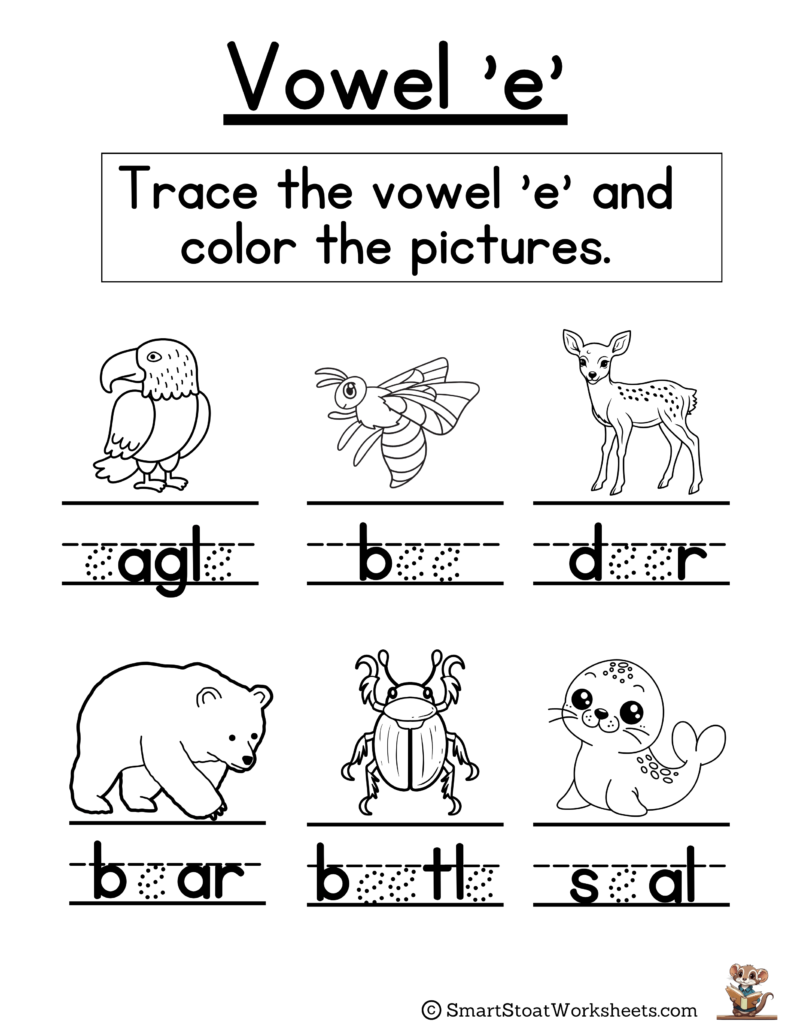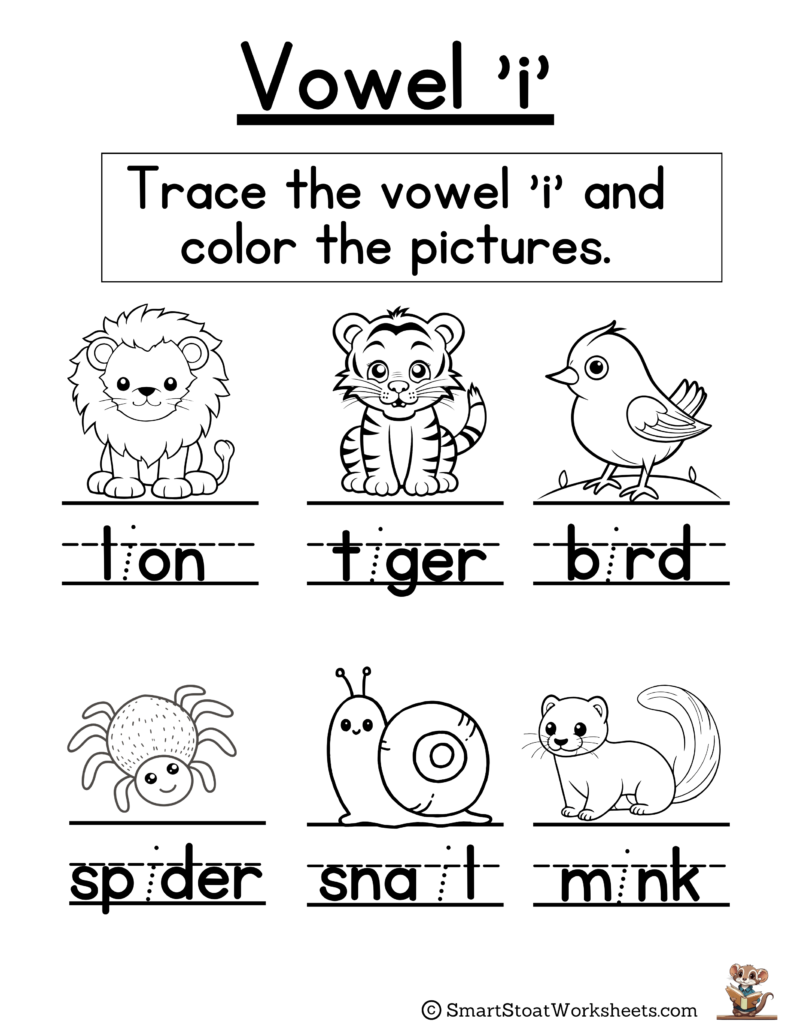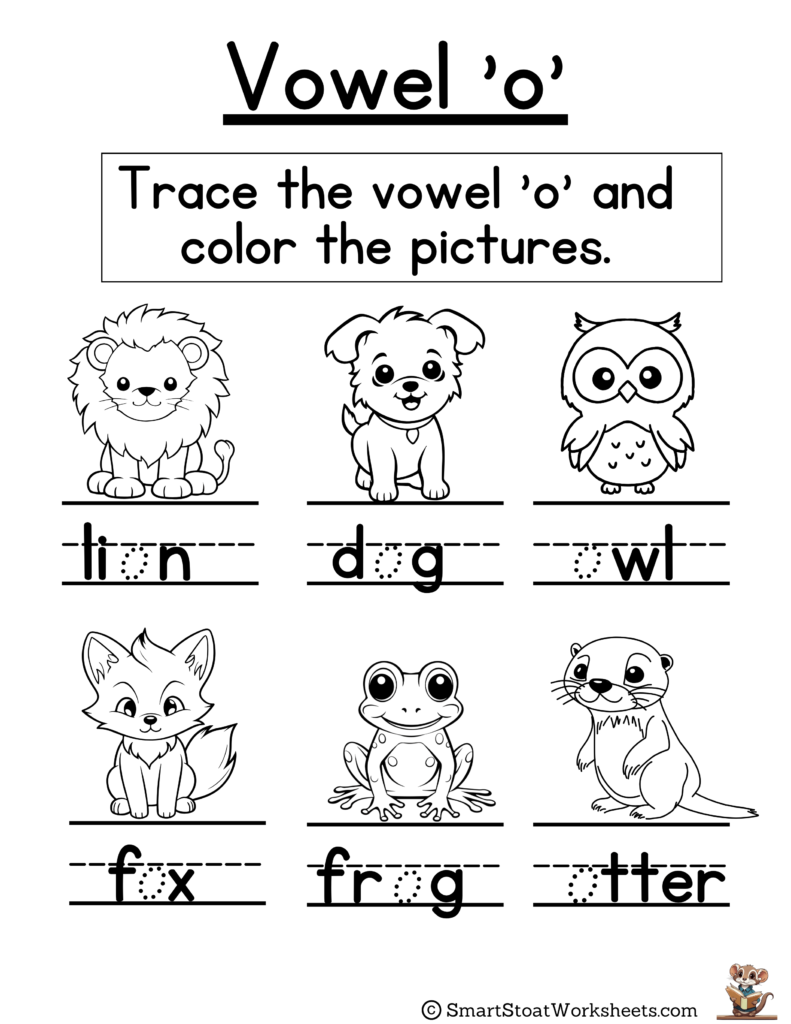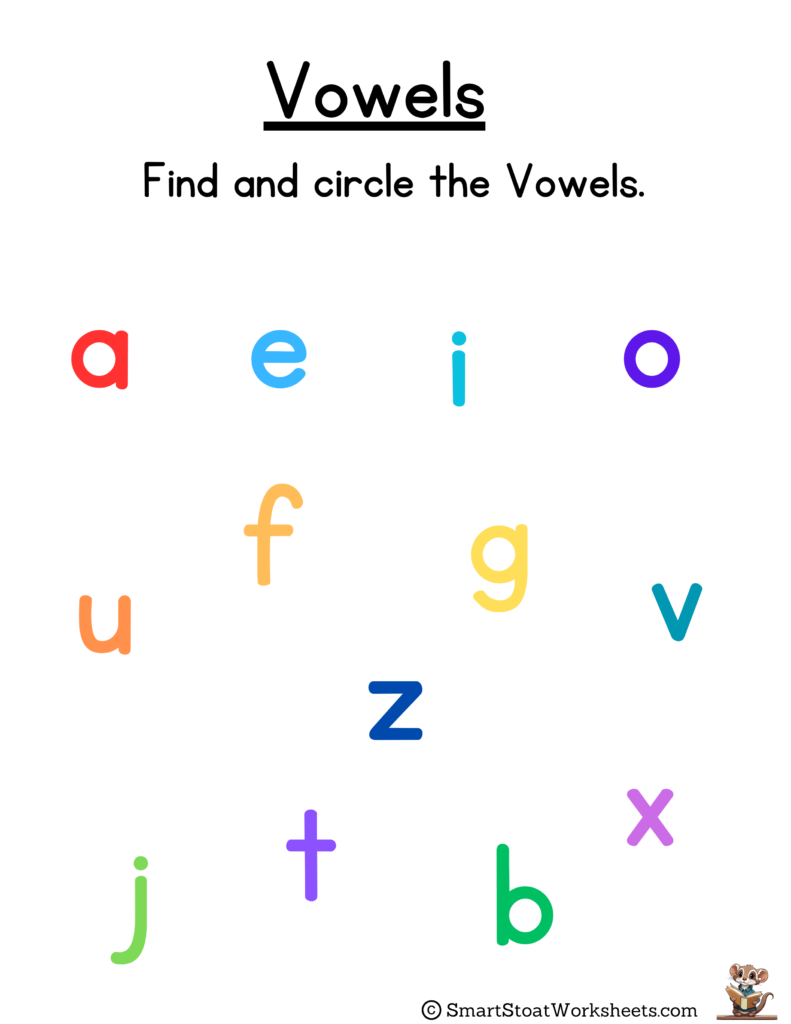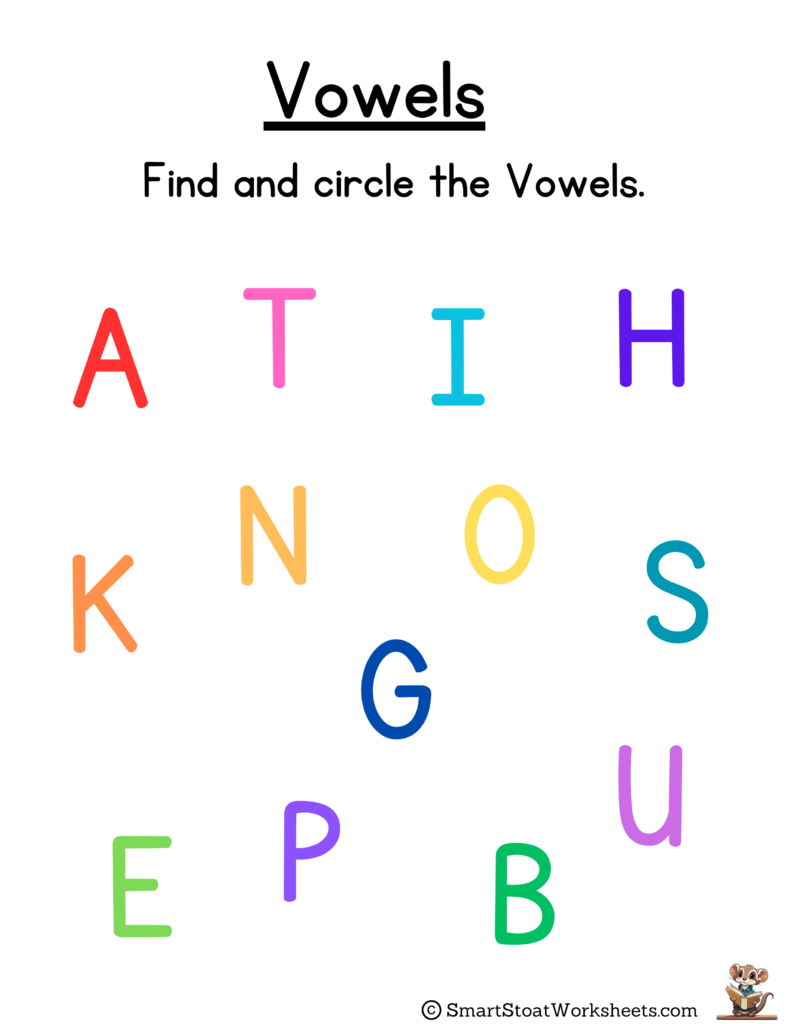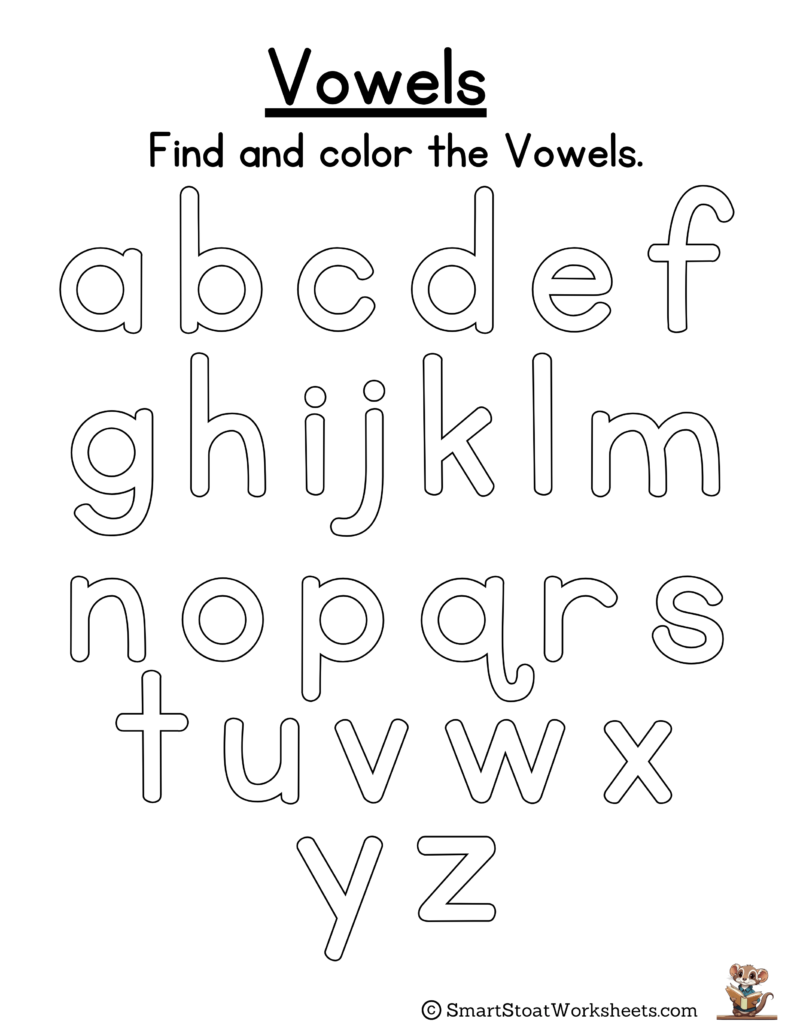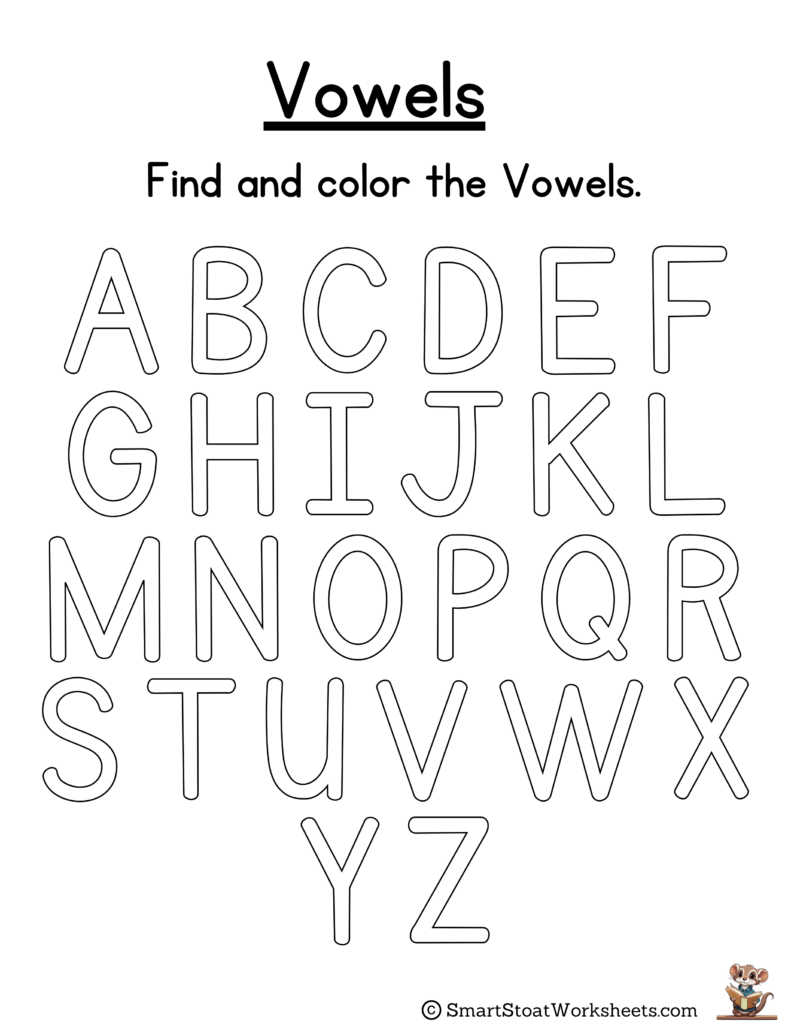As a parent or teacher, it’s essential to introduce kindergarten (KG) students to vowels early on. They play a critical role in how we form words and sounds. Let’s dive into an easy-to-understand explanation of vowels for kids, along with some fun activities to reinforce learning.
Vowel Definition for Kindergarten
In simple terms, vowels are letters that represent speech sounds we make when we don’t close our mouths or touch the roof of our mouths. The five vowels in the English alphabet are A, E, I, O, and U. In kindergarten, we begin with short vowels and short vowel sounds before moving on to more complex long vowels. Knowing the difference between these two types of vowels helps kids recognize patterns in words and improve their reading and speaking skills.
Short Vowels vs. Long Vowels
When teaching vowels in KG, kids first focus on short vowels. These sounds are quick and crisp, like in words such as cat, pen, sit, dog, and cup. Short vowels are perfect for beginner learners because they follow a simple and predictable pattern.
As children progress, they’ll start to encounter long vowels. These vowels “say their name,” like the A in cake or the I in bike. Understanding both short vowel sounds and long vowels is a critical step in mastering reading and pronunciation.
Download our Kindergarten Worksheets for Vowels now for free. Just click the worksheet(s) you want and start the download. No sign up necessary.
Boost Early Learning with Kindergarten Worksheets for Vowels
Introduce your little learner to the exciting world of vowels with our Kindergarten Worksheets for Vowels! These worksheets are designed to help preschool and KG kids master vowel sounds through engaging activities and exercises. With a mix of short vowel sounds and long vowel concepts, your child will build a strong foundation in phonics and early reading skills.
Why Focus on Vowel Sounds?
Understanding vowel sounds is essential for developing reading fluency and spelling accuracy. Whether your child is practicing short vowels like “a” in cat or long vowels like “e” in tree, our worksheets provide interactive exercises to make learning fun and effective.
Benefits of Our Printable Worksheets
- Interactive Learning: Each worksheet is packed with fun exercises to keep kids engaged.
- Skill Development: Improve phonics, reading comprehension, and vocabulary through hands-on practice.
- Ready-to-Use Printables: Download, print, and start learning right away!
Perfect for Preschool and KG Learners
Our Kindergarten Worksheets for Vowels suit children in preschool, kindergarten, and even early first grade. Use them as part of a structured learning plan or as a fun weekend activity.
Help your child unlock the power of vowel sounds today. Download our Kindergarten Worksheets for Vowels and watch their confidence in reading grow!
Fun Vowel Activities for Kindergarten Kids
To make learning about vowels enjoyable, try these simple exercises:
Vowel Sorting: Create a set of flashcards with various words. Have kids sort them into groups of short vowels and long vowels.
Vowel Sound Hunt: Play a game where you read out words and ask your child to clap when they hear a short vowel sound or a long vowel sound.
Interactive Vowel Worksheets: Use printable vowel worksheets that feature pictures and words, helping kids connect sounds with visuals. Kids can color in pictures of objects that match each vowel sound.
Why Vowel Worksheets Are Essential for KG Learners
Worksheets focused on vowels provide a hands-on way for kids to practice. These printable resources reinforce the vowel definition for kindergarten students and make the learning process fun. Plus, they help develop fine motor skills as children trace and write the vowels.
If you’re a parent or teacher looking for free resources, check out our free vowel worksheets for kindergarten! They’ll provide your little one with valuable practice in identifying and differentiating between short vowels and long vowels—all while having fun.
